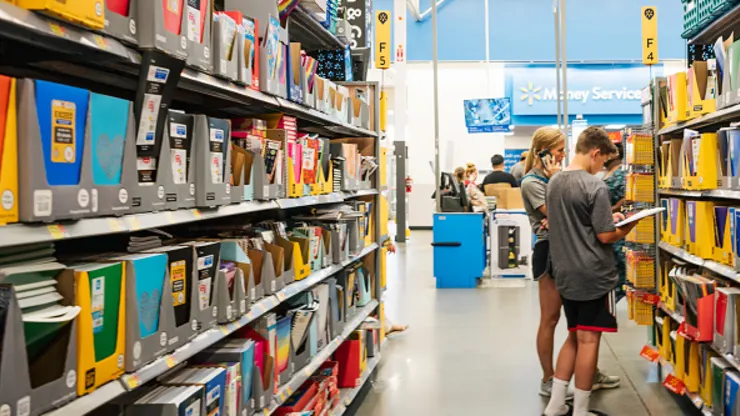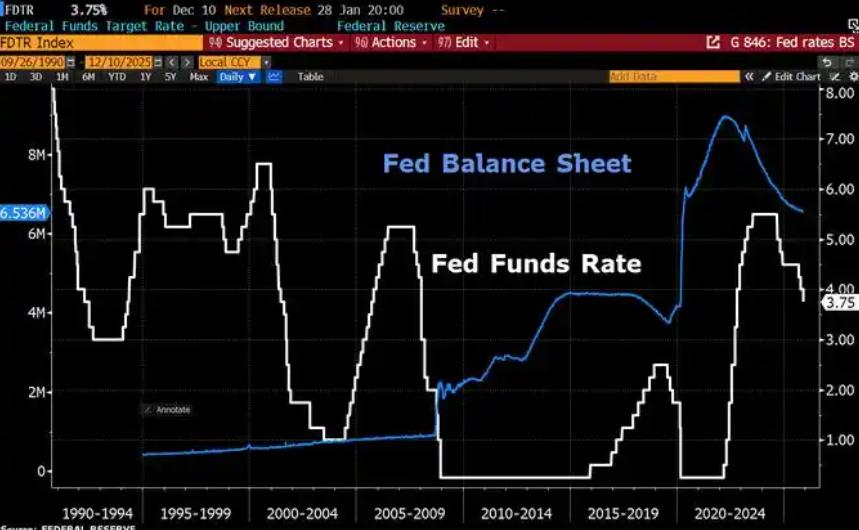
After a year-long dip, household cash flow will begin growing again right after Christmas, and accelerate through the new year, according to new research by analysts at Goldman Sachs.
These gains will reverse a year of negative growth of about $600, or 4.2%, in household discretionary cash flow, according to Goldman’s analysis.
“This year, we’re looking at negative discretionary cash flow for the first time since the 2008-09 financial crisis,” Goldman consumer goods analyst Jason English said on a recent webinar with the press. The biggest driver of the cash flow improvement next year, he said, will be wages.
That’s good news for retail sales after a yearlong struggle to keep up with inflation, and for the economy’s ability to avoid a recession, according to Mark Zandi, chief economist at Moody’s Analytics, which has a similar forecast of improving consumer finances.
“Cash flow got hit during 2022 but it’s coming back, and cash flow is what drives spending,” Zandi said. “Businesses are unlikely to cut jobs because they know their biggest problem is finding workers,” Zandi added.
While much has been made of the consumer resilience during a period of slowing economic growth, the market has punished retail companies, which have declined roughly twice as much as the broader U.S. stock market index this year, measured by the relative performance of the SPDR S&P Retail ETF and S&P 500 Index. This year’s sloppy performance in consumer spending is happening because households have less cash coming in — even though they have more savings — since stimulus payments designed to fight the Covid pandemic ended in 2021.
Retail sales in the U.S. have risen about 10% in the last year, but most of that reflects the surging dollar value of gasoline and other goods sold at this year’s inflated prices, according to recent Commerce Department data. Auto sales have risen just 1.5 percent, far below the pace of inflation. That has helped the pace of inflation-adjusted consumer spending growth slow to about 1.5 percent in the first half of 2022, compared with nearly 12 percent a year earlier.

Since 2022, the Fed has cumulatively reduced its balance sheet by $2.4 trillion through quantitative tightening (QT) policies, leading to a near depletion of liquidity in the financial system.
Since 2022, the Fed has cumulatively reduced its balance sh…
On December 11 local time, the White House once again spoke…
Fiji recently launched its first green finance classificati…
Recently, the European Commission fined Musk's X platform (…
At the end of 2025, the situation in the Caribbean suddenly…
The U.S. AI industry in 2025 is witnessing a feverish feast…